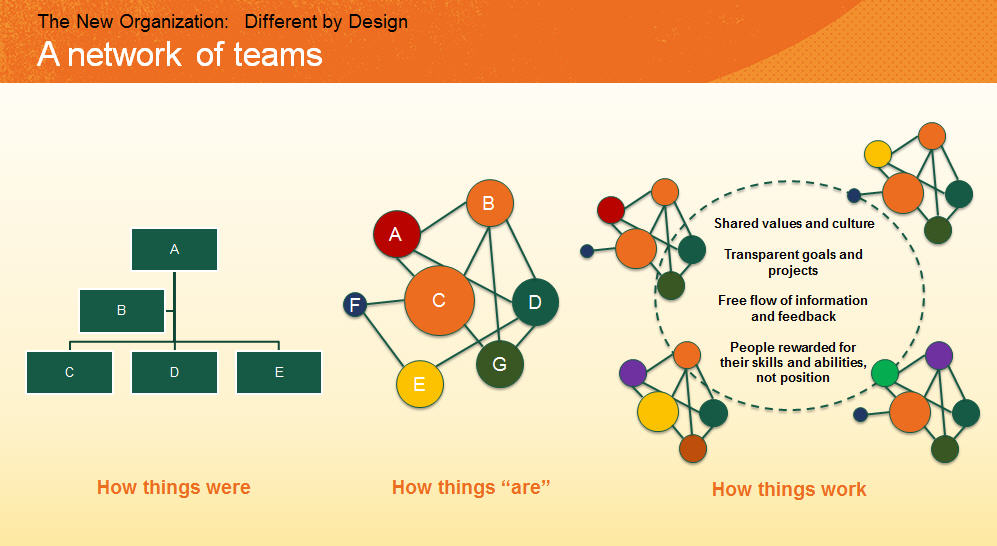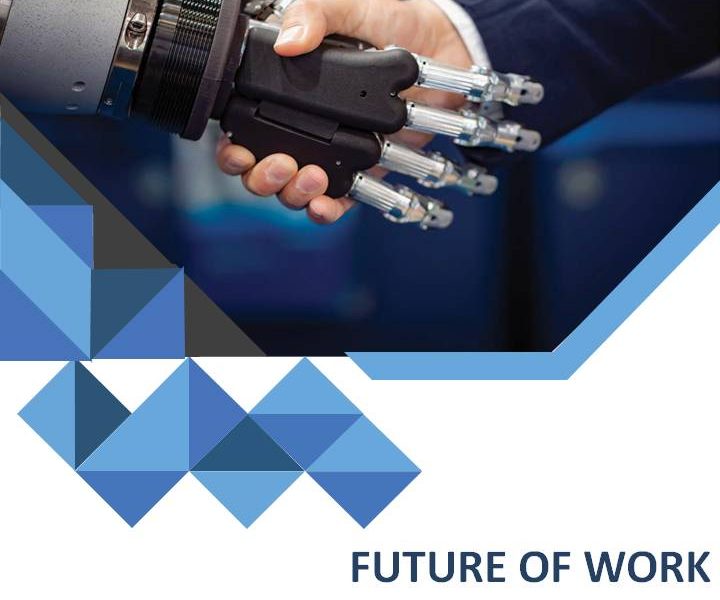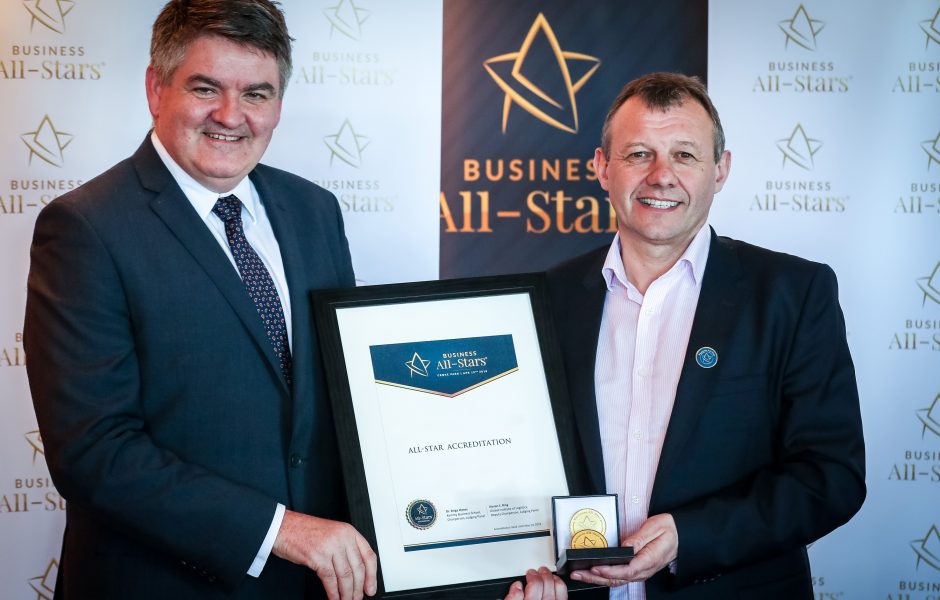James Carville, Bill Clinton’s campaign manager for the 1992 Presidential election once claimed “it’s the economy stupid” which proved a highly successful strategy. He focussed on what was concerning people most and this had the greatest resonance.
In observing many organisations’ approach to Talent and Career Management, I believe many are not focussing on what is concerning people most. You might say “it’s the environment stupid!”. Bruce Lipton first coined this phrase in his excellent book ‘The Biology of Belief’. Bruce is one of the foremost thinkers in the revolutionary field of Epigenetics. He observed the impact a changed environment had on the cells he was studying. The cells changed their structure and function depending on their environment. These cells were shaped by where they live. It’s the same with people in organisations today, you and I are shaped by where we live and work.
They need to change! – We get many calls each week for Executive Coaching assignments. The assignments are common in nature – “Can you support a manager who needs to change their management style, develop their emotional intelligence and leadership capability?”
HR will share with us how their CEO would like a particular Senior Manager to change. In certain cases, these coaching assignments are remedial as it’s not about how the manager is or isn’t working out or changing, quite often, it’s the environment! The environment needs to change but no one is willing to have the courageous conversation with the CEO or the site leadership about why or how it needs to change. Organisations are outsourcing the problem to Executive Coaches to fix the unfixable problem. The problem is not just the person, it is the person in the environment.
Courageous Conversations – We know from Bruce Lipton that if we changed the environment this coachee could change. Instead, we are being asked to mould managers uncomfortably into a structure that does not work for them. Courageous conversations are not being had. The problem is often caused by the system, yet we focus on trying to fix the person. The answers are all in nature. Stay with me here, I am not going all earthy, I am simply speaking about you and me (human beings) who have evolved and adapted for the last 150,000 years on this planet. We thrive in systems that offer autonomy, mastery and purpose as Dan Pink confirms in his book ‘Drive’ on the psychology of motivation. See his Ted Talk here.
The pyramid structure – Institutional models are largely a creation of the industrial era. They were created to keep the managers who had all the knowledge at the top of the pyramid and the worker bees at the bottom on the production line. These traditional hierarchical legacy systems are no longer ‘fit for purpose’ for the future of work. The transition to more natural models is proving quite a challenge and this is where a lot of the tension lies in the system. There is a lack of courage to change from what we know, even though the industrial model is only over 100 years old. Instead, we try to change the person. I am not for one minute saying Managers don’t need coaching to develop their leadership capability. What I am saying is that it is a shared responsibility between the organisation changing and the person changing. Change is the order of the day and research below is a case in point.
The CEB Enterprise Performance Research in a multiyear global study showed some interesting findings from 23,000 respondents in answering what change they have seen in the last 3 years:
• Greater Organisation complexity 44%
• More interdependencies 50%
• Increased access to information 56%
• Co-workers in another global location 57%
• Work that requires collaboration 67%
New capabilities and critical skills are required by Organisations that demand greater collaboration, sharing knowledge and staying closer to the customer. This cannot be managed successfully in a traditional pyramid structure. There is a seismic shift happening in the way we are working. There is, and will continue to be, a shift away from the individual who is in it just for themselves or the hero leader who hoards information and knowledge to achieve their personal goals and bonus. People can see through this today and don’t like being used as pawns in the system. If they see this happening, they purposely slow the system down or leave, thus giving your competitors the advantage.

Model from Josh Bersin, The New Organisation: Different by design
The big shift is to collaborative working, greater interdependency and access to new sources of changing information. The future organisation needs to be fluid and this requires agile individuals and teams who give and take information freely and speedily to deliver better enterprise solutions. This fluid system is simply a representation of the biological cell system. The cell system is not a hierarchical one, it is a networked system all working in unison. The hierarchy requires higher level decisions, slows information response time and causes blockages in the system, yet organisations still adhere to this traditional pyramid structure.
If you want to foster agile working and greater innovation you need to create a networked organisation. Many Leaders will share with us “If only they could get their people to change”. The CEB research contradicts this view and highlights “it was not employee willingness to change that was the problem; it was the environment structures and heritage practices that blocked innovation”. We are moving from the industrialised economy to the connected economy. Control and job titles are being replaced by innovation, agility and varied work tasks.
Your organisation is more than likely a spider’s web full of interconnected networks rather than an ordered pyramid. Organisations need to value and reward contributions of those with critical expertise and those who collaborate both inside and outside the organisation to enable innovation. Your Leaders need to know who these people are and have career conversations to understand their motivators, career aspirations and skills they are capable of developing in the future.
Feel the Fear and Do it anyway – In our experience, HR are fearful of challenging the CEO and Leadership on their thinking. They do not believe they have enough clout and will not be taken seriously because they do not have an accountancy degree or a background in business. In other cases they fear for their jobs if they rock the boat. The HR role is to gather that presenting data for change and become more influential in helping to change the structure of their future organisation. With the onset of automation, it will be your people’s ability to innovate and influence that will be the key differentiator. Lean and Six Sigma programmes have in many cases taken out costs and made many businesses more efficient.
The future is about adding value and driving a culture of agility and innovation. This is harder to measure and predict the end result. Boardrooms like certainty, if you do x you will get y. This is why many Leaders are stumped. They are fearful of changing away from what they know because there isn’t a proven model. They need to understand there won’t be a proven model because change is happening so fast. The future is about adapting as you go. If you wait you will die, if you adapt you will fail sometimes and win sometimes. The future of work is going to be a roller coaster.
Career Frameworks are needed to reflect the new reality of the more networked organisation. We are living in a highly connected open networked world of work. There is a need to build strategies to support more networked organisations. Chris Ernst in his research work featured in his book ‘Boundary Spanning Leadership’ found that the greatest challenge Leaders found was in enabling people to make horizontal cross functional moves. Organisations speak about the scarcity of talent in the market; they spend lots of money trying to attract new talent but from our experience are not doing enough to reimagine their in-house talent in upskilling them to make cross functional moves.
Some reflective questions in summary
• Is your environment enabling or disabling your Talent Management Strategy?
• Are you avoiding a courageous conversation with a Business Leader out of fear?
• How many of the 5 changes in the CEB study impact your organisation and how are you preparing your people?
If you would like to speak to Harmonics about any of the above, here are just a few of the interventions we make available to clients
• We share our insights in Future of Work talks on Leadership off-sites to introduce external thinking into traditional businesses. We challenge Leaders to think differently and come away with fresh perspectives on the environment they are creating to attract and develop talent.
• We deliver ‘career conversations’ workshops to enable leaders and managers have courageous conversations about creating career growth opportunities that match business challenges.
• We design Career Frameworks that reflect a modern networked organisation that is close to the customer and offers non-traditional internal career transition moves to meet changing business needs.













